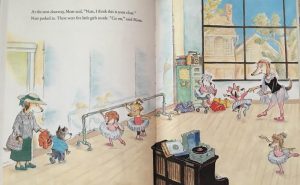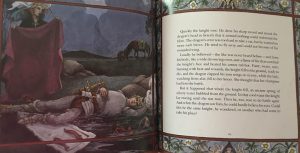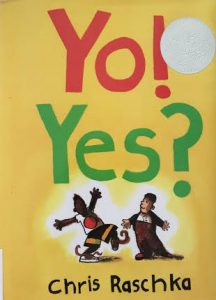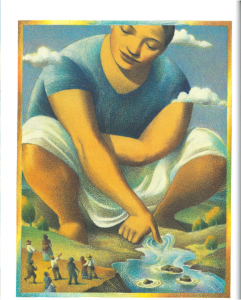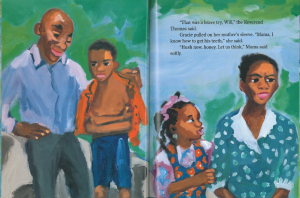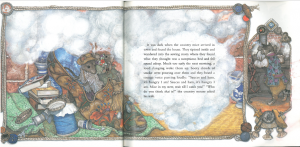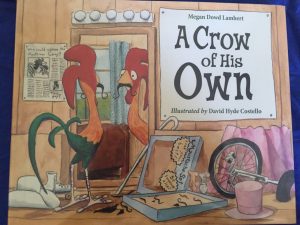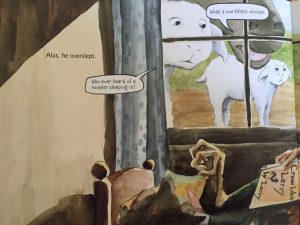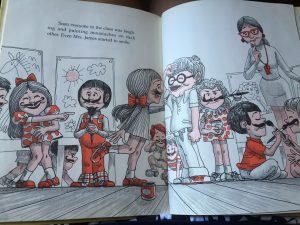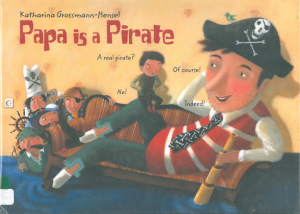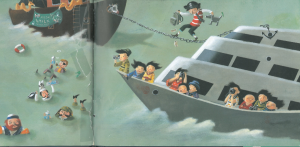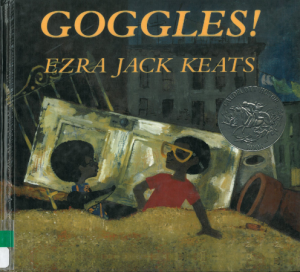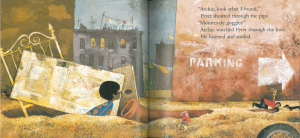Title: Ballerino Nate

Author: Kimberly Brubaker
Illustrator/Photographer: R.W. Alley
Publisher and Year: Penguin Group,3006
Number of pages: 29 pgs
Tags: Olivia Simkins, Picture Book, Realistic Fiction
Genre: Realistic Fiction
Analysis:
This book is about a little dog named Nate who wants to become a ballerina. However, his brother Ben is always there to remind Nate that only girls are ballerinas and boys can’t dance. In the end, Nate’s mom brings him to a dance and in the performance there are men dancing. This shows Nate that anyone can become a dancer. I think that this book could serve as a mirror even though its characters are animals.
I think the readers could relate it to a time they wanted to become something that was stereotypically seen to be something “girls” and “boys” only do. It is a good book to show students that they can do anything and be anything they want to be and don’t let anyone stand in the way of that. There really is no culture represented in this book but it does a good job of teaching students that things aren’t just for boys and things aren’t just for girls.
Throughout this book the ideology presented in the story is to show the readers not to judge others based on the social norm. As long as they are happy doing what they love, no one should look down on them. The books illustrations are all made up of bright colors to show the freedom that Nate has to become anyone he wants to. The illustrations also have a lot of jagged lines to show the troubled emotions that Nate is feeling. The troubled emotions come from Nate in thinking that he will have to wear pink and that he cannot become a ballerina because he is a boy.
